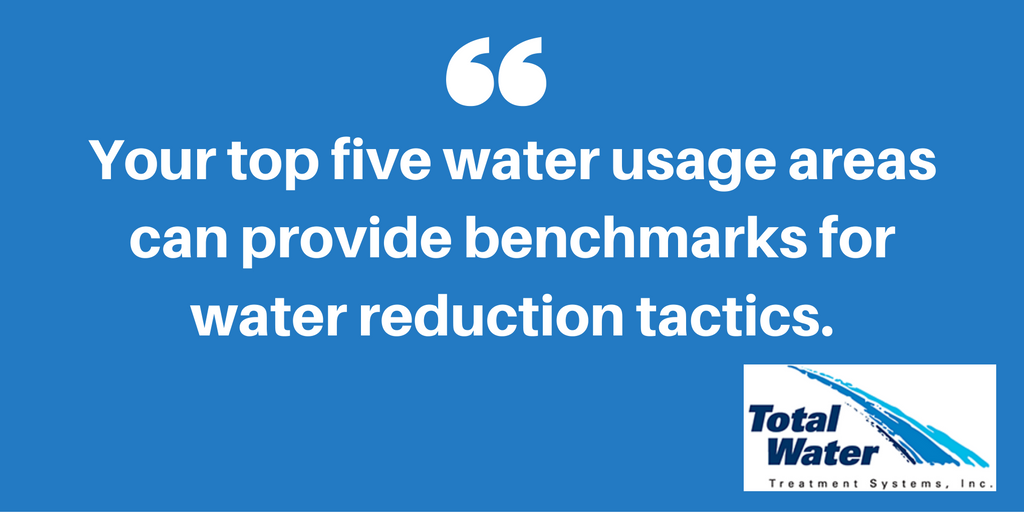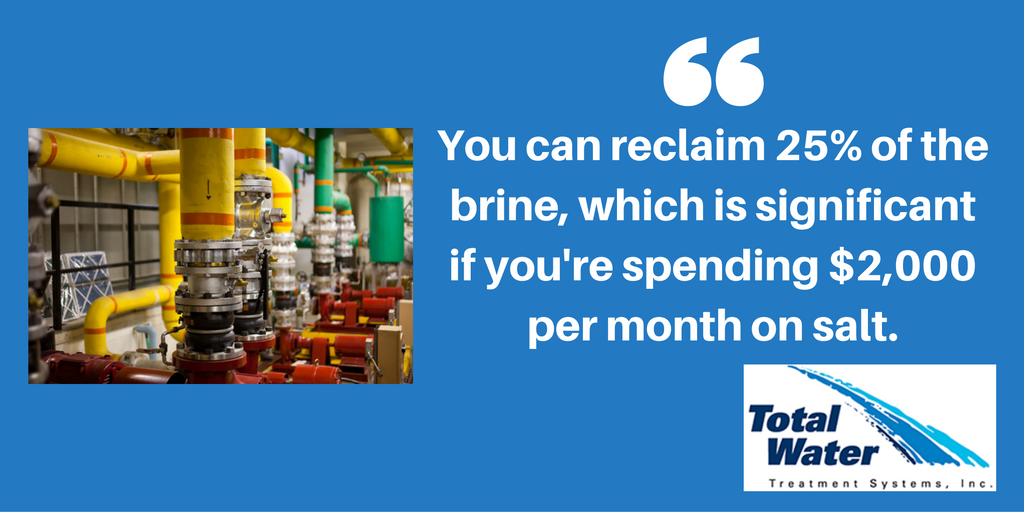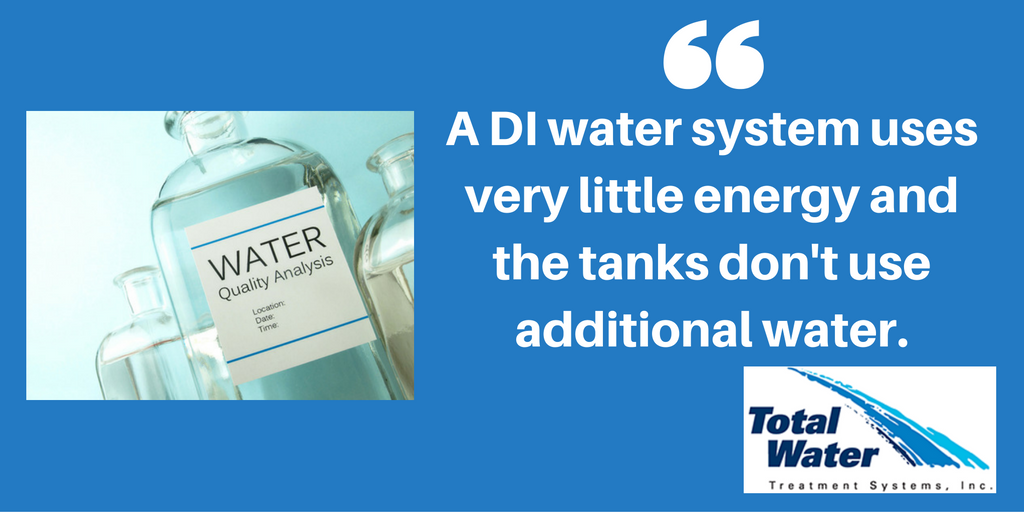 Water usage in medical facilities is an increasing concern, especially in geographic areas where water costs are high. There are four specific actions that can help you reduce water usage and lower your overall expenses.
Water usage in medical facilities is an increasing concern, especially in geographic areas where water costs are high. There are four specific actions that can help you reduce water usage and lower your overall expenses.
In large medical facilities, water usage can be significant. According to the Watersmart Guidebook for Medical Facilities, produced by the Alliance for Water Efficiency (@A4WE), “Hospital water use ranges from 250 to 800 gallons per bed.”
Reducing water usage can include modifying current systems, or may require investment in new technologies. Let’s start at four tactics that can ultimately lead to reducing your facility’s water usage.
1. Reduce Cycles of Concentration in Boilers
Essentially, a boiler will boil the water, send it out to points of use, and return it. This is referred to as a cycle of concentration. The general process of how a boiler works is explained in this video. Note the need for purified water to be added in this great video produced by Dragonfly Education (@dfeeducation).
A cycle of concentration occurs with a boiler blowdown. Boiler blowdown is when some of the water is drained from a boiler to lower the TDS (Total Dissolved Solids) and remove sediment build-up, as noted in the video. Typically the cycles of concentration in a boiler are reflective of the quality of water fed to the boiler. If your incoming feed water is high in TDS (300 – 400) your cycles of concentration will be lower and vice versa.
By improving the feed water in the boiler, you can improve the cycles of concentration from 10 to 30 or 40. A reverse osmosis system is the most effective way to improve the quality of feed water, as it lowers the TDS (total dissolved solids) and the conductivity.
2. Focus Efforts on Highest Water Usage Areas
Think about what are likely your top five water usage areas, then install water meters to collect 30 to 60 days of data regarding those areas. This will provide you with benchmarks for improvement as you implement water reduction tactics.
The boiler and cooling-tower operations are typically the largest areas of water usage (beyond food service and plumbing fixtures (toilets, showers), etc.). As noted by the Alliance for Water Efficiency, the following are the top water-using types of equipment for medical facilities and laboratories:
- vacuum systems
- medical air and compressor equipment
- sterilizers and central sterile operations
- water-cooled laboratory and therapeutic equipment
- laboratory hood scrubbers
- X-ray equipment and film developers
- water-treatment systems for kidney dialysis and laboratory water
- therapeutic baths and treatments
3. Reduce Chloride Footprint
New EPA standards are driving the reduction of chlorides in fresh water. We’ve touched on the subject in a previous post, but it’s worth revisiting because reducing chloride can also help reduce your overall water usage.
Here are a few recommendations for reducing your chloride footprint, which in turn will reduce the amount of soft-water you are using for your facility:
Optimize your current water softening equipment:
Quite often, controls need to be adjusted to ensure your system is functioning at an optimal level.
Look at brine reclaim system:
Water softeners regenerate themselves with a dissolved sodium in the water — called a brine. Brine reclaim system reclaims 25% of the brine that goes down the drain after the reclaim process, which is significant if your facility is spending $2,000 or more per month on salt.
Consider a more efficient system:
How old is your water softening system? If you’ve taken the first two steps listed above and experienced minimal results, it may be time to consider an entirely new system. New softening systems are much more efficient with regards to water and salt usage.
Move towards a reverse osmosis system:
A reverse osmosis system can reduce the majority of the dissolved solids in the water with or without a soft water feed. Investigate whether an RO system is necessary and can be a viable solution.
4. Use Deionized Water
If your ultimate goal is to use the least amount of water, the most efficient method of conserving water is to switch to a deionized water system.
Water in its purest form is composed of hydrogen and hydroxyl ions, which make up the water molecule (H20). Deionization removes all other charged ions, leaving you with a pure water molecule. This “blank slate” is essential in lab settings. (Check out this post on “What is Deionized Water” for more information.)
A DI water system uses very little energy (maybe as much as a radio alarm clock) and the tanks don’t use any additional water. The water is 100% purified — the only maintenance is performed by the water treatment company when the tanks need to be regenerated.
Even though a reverse osmosis system improves filtering, the process only removes 85 to 90 percent of the water’s original chemistry. That’s fine for a car wash or a grocery store, but not a lab setting. And it still requires two gallons of water to produce one gallon of reverse osmosis water.
Reducing the overall water usage in your lab requires a comprehensive approach, and many of these tactics need to be tuned to your particular usage. But the technologies and the techniques exist to help you realize potentially significant cost savings.
Links to more resources:
Watersmart Guidebook for Medical Facilities and Laboratories
Five Tips for Reducing Water Consumption (@labconscious)
Five Tips on How to Reduce Water Usage and Your Bill (@Argonne)
We’ll do more than give you a quote—we’ll visit your site to analyze your industrial water needs.




Follow Us